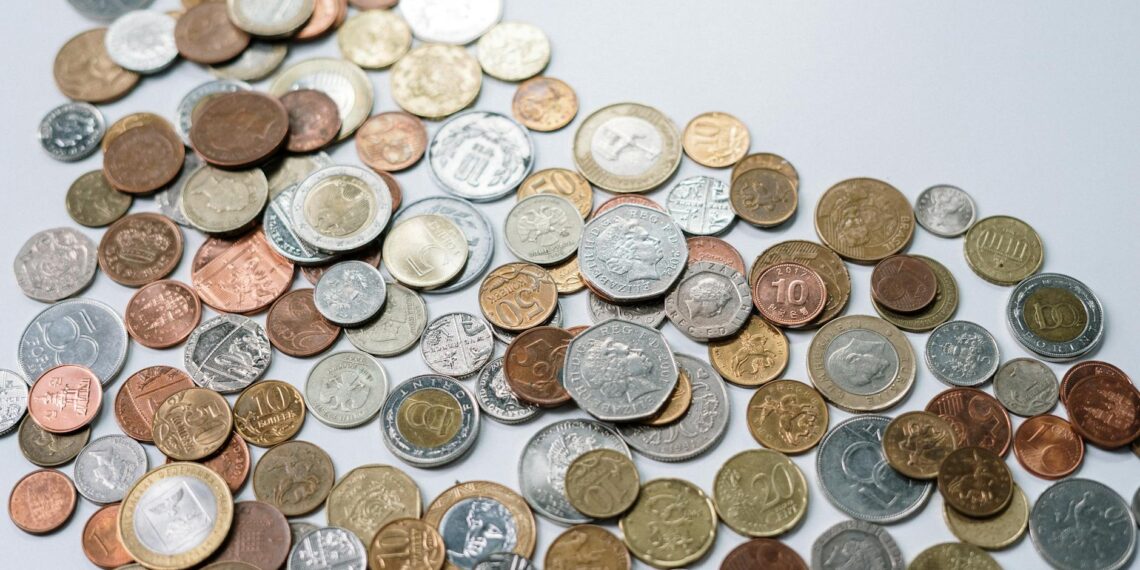Collecting coins, also known as numismatics, involves a unique vocabulary to describe various aspects of coins. Here’s a breakdown of common terms:
- Obverse: The front or “heads” side, usually featuring the main design, date, and mint mark.
- Reverse: The back or “tails” side, typically displaying the denomination and a secondary design.
- Edge: The outer circumference or “third side,” which can be plain, reeded (grooved lines), or lettered.
- Rim: The raised border on both sides, protecting the design from wear.
- Field: The flat, background area of a coin.
- Relief: The raised design elements above the surface, opposite of incuse (designs impressed below the surface).
- Device: The main image or figure on a coin, like a portrait or emblem.
- Legend: The principal lettering or motto on a coin.
- Denticles: Small, tooth-like raised features around the rim of some coins.
- Mint Mark: A small letter or symbol indicating the mint where the coin was struck (e.g., “D” for Denver, “S” for San Francisco).
- Grade: A rating indicating a coin’s physical state or wear from circulation.
- Sheldon Scale: A 70-point numerical grading system where 1 represents poor condition and 70 represents a perfect, flawless coin (Mint State-70 or MS-70).
- Uncirculated (Unc.) or Mint State (MS): A coin showing no signs of wear from circulation and retaining its original luster.
- Circulated: A coin that has been used in commerce and shows wear.
- Proof: Specially produced coins for collectors, often struck multiple times with polished dies, resulting in mirror-like fields and frosted devices.
- Hairlines: Tiny scratches on a coin, often caused by cleaning or mishandling.
- Toning: Natural patination or discoloration caused by exposure to the atmosphere over time.
- Cleaning: The process of removing dirt or otherwise altering a coin’s appearance, often detrimentally affecting its value.
- Planchet: The blank metal disc before being struck with the design.
- Die: A metal object engraved with the design used to stamp the image onto the planchet.
- Strike: The process of stamping the design onto the planchet; also refers to the completeness of the impression (e.g., “full strike” or “weak strike”).
- Mint: A facility where coins are manufactured.
- Commemorative: Special coins issued to honor people, places, or events.
- Error Coin: A coin with a mistake or abnormality made during the striking process (e.g., off-center strikes, clipped planchets).
- Variety: A minor change from the basic design type, often caused by die variations.
- Key Date: The rarest and often most valuable date/mint mark combination within a coin series.
This glossary provides a foundational understanding of common coin collecting terms. As you delve deeper into the hobby, you’ll encounter more specialized terms related to specific coin series, historical periods, and grading nuances. Remember that detailed resources, like [the U.S. Mint’s glossary] and [the American Numismatic Association’s guide to grading] , are available to further expand your knowledge.











What is the term for coin collecting?
I can help with that. Numismatics : The study and collecting of things that are used as money, including coins, tokens, paper bills, and medals.
What do you call it when you collect coins?
In common usage, though, the two terms, ‘ coin collecting ‘ and ‘numismatic’ are interchangeable. In English, the word numismatic originated in the late eighteenth century from the French ‘ numismatiques’ , meaning coin.